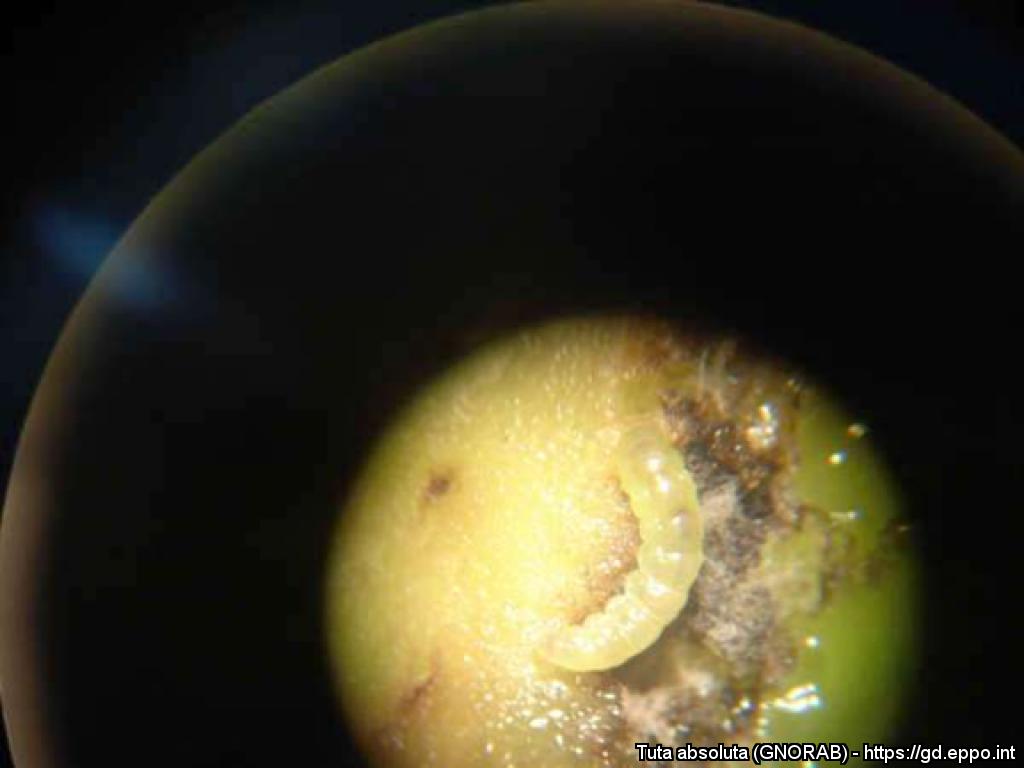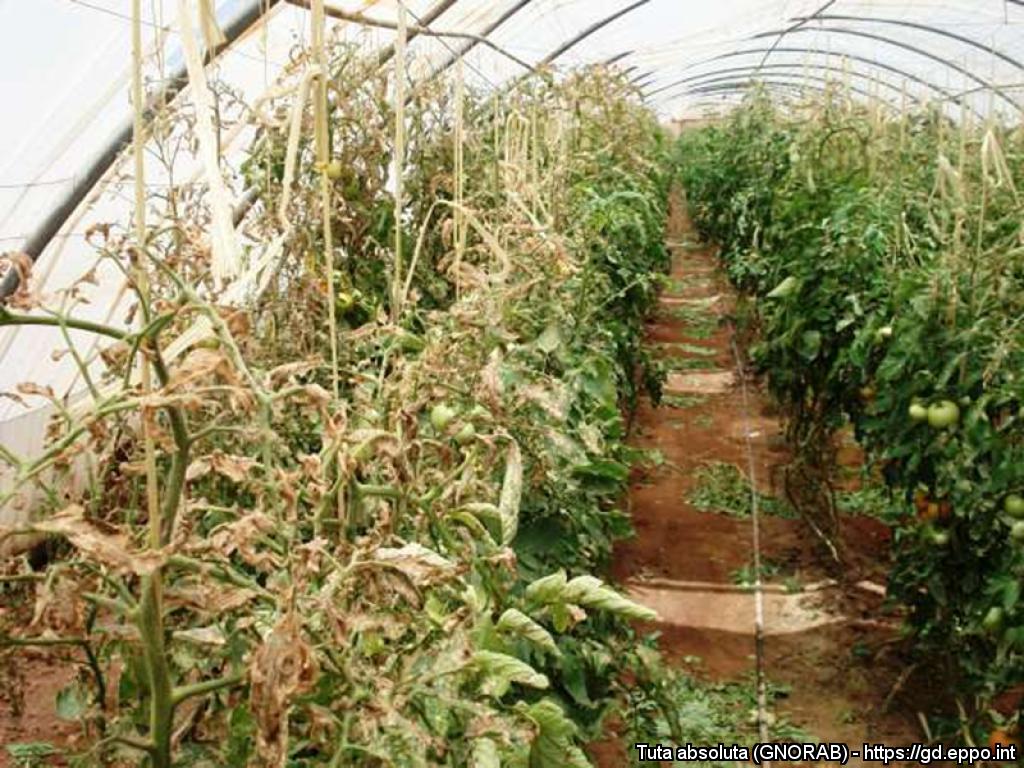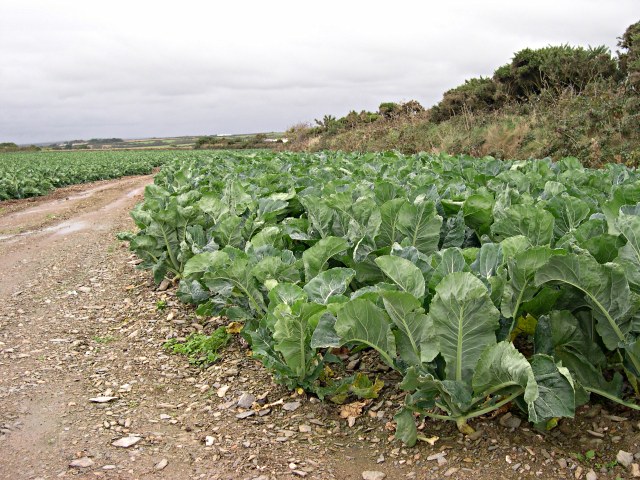How to Control the Tomato Leaf Miner (Tuta Absoluta)
Tomato farmers were minding their own business battling whiteflies, tomato blights as well as physiological disorders when a leaf miner came along and said ‘Why not compound their misery?’
Tomato farmers have been used to dealing with pests that are well documented. These documented pests are guaranteed to turn up at some point in the life of the tomato. And the farmer is well prepared for this. Armed to the teeth with all manner of pesticides and fertilizers, tomato farming has been fairly predictable.
The most common tomato pests have been early and late blight especially during the rainy season, the ubiquitous whitefly, aphids, and blossom end rot (physiological disorder). Pretty mundane stuff.
In 2006 the tomato leaf miner, commonly known as Tuta Absoluta showed up in all its absolute glory, upsetting the mundaneness in the constant fight against tomato pests. No one was quite prepared.
That is not to say that Tuta Absoluta did not exist before. It just wasn’t destructive enough to warrant attention.
That year, it turned up in Spain. But the European Union did not take it seriously until it spread to the rest of Europe. At this point inspection and quarantine of plant material became mandatory. But by then it was too late as it also spread to Africa.
What is Tuta Absoluta
Tuta Absoluta is identified as a leaf miner. It makes hole son leaves and in some cases the tomato fruit. In its worn stage, it feeds on the plant tissue. Tuta Absoluta feeds on plants that fall under Solanaceae species such as capsicum, potatoes, and brinjals. To break the cycle of Tuta Absoluta, farmers are advised not to plant crops in this family in close succession.
Signs of Tuta Absoluta Infestation
Tuta Absoluta announces its presence on our plants by leaving blotches on the leaves that may look transparent or silverish. A closer look will reveal the eggs and caterpillars.
It also attacks the fruit at the early stages and will leave black holes or marks on the tomatoes. It also causes malformation of the fruit which can lead to rejection in the market. In short, Tuta Absoluta is the real deal.
So much so that in Nigeria, it is referred to as ‘tomato ebola’ because of its ability to cause massive damage. This pest sends shivers down many a farmer’s back because it is known to cause 100% damage.
Jolof, a popular Nigerian dish, has tomatoes as a major ingredient. In 2016, Tuta Absoluta caused such chaotic damage in Northern Nigeria that prices soared to unbelievable heights. Tomato Ebola is thus a fairly accurate descriptive name.
The challenge with Tuta Absoluta is that the female lays more than 200 eggs. Its lifecycle is about 35 days which means that within a year, it can reproduce up to 10 times! This is why at the first sign, the farmer MUST act swiftly and precisely.

Controlling Tuta Absoluta
Controlling Tuta Absoluta requires a multi-pronged approach. This involved use of pesticides to destroy the eggs and biological control for the adults is required. Organic and inorganic methods can be used when combating Tuta Absoluta.
Organic Methods of Controlling Tuta Absoluta
Organic control of the tomato leaf miner involves the use of organic chemicals and non-chemical elements. These include:-
- Use of Neem oil to spray plants.
- Use of a microbe that exists naturally in the soil, Bacillus thuringiesis
- Use of tuta traps. These are traps that use pheromones to trap males so that the eggs the female lays do not get fertilized
- Yellow stickers – are used to trap the adults as well as give an indication of just how bad the infestation is. The yellow colour attracts the adults and by looking at the number which have been trapped, the farmer can tell the severity of the infestation.
Inorganic Methods of Controlling Tuta Absoluta
This involves the use of inorganic pesticides with different chemical formulations. Such as Flubendiamide, Emamectin + Indoxacarb, and chlorantraniliprole amongst others. All these molecules appear under different brand names.
Spraying should be done early in the morning to give the leaves enough time to dry.
Spraying late evenings means that the leaves will be wet throughout the night due to low temperatures. This introduces the possibility of fungal infection.
Avoid spraying on windy days as this is wasteful.
Pesticides used in controlling Tuta Absoulta are fairly strong. Make sure you observe safety by measures donning PPE kits. A Personal Protective Equipment kit (PPE) is made up of gumboots, gloves, masks, and overalls to minimize any possibility of coming into contact with the chemicals.
You must spray his crops and within about 2-3 weeks (depending on the chemical used), Spray again using a chemical formulation should be used. This is because studies have shown that the pest appears to develop resistance against a given pesticide very fast.
Once you are is satisfied that you have killed Tuta Absoluta, you must be very vigilant because it could still be lurking around waiting for an opportune moment to attack.
It is important to observe the post-harvest interval(PHI). This is the period where the tomatoes are not to be harvested or consumed after spraying pesticides. This is more so for tomato farmers who have a late Tuta Absoluta infestation. This will interfere with the date for taking the fruits to the market. Greenhouse tomato farmers plant the indeterminate tomatoes that are harvested continuously for up to 7 months and must always be adhered to strictly.
When spraying tomatoes as a measure to control Tuta Absoluta, it is important that you use an adjuvant or sticker/spreader. This prevents the sprayed pesticide from rolling off the leaves of the plant. It ensures that even when the adult Tuta Absoluta fly emerges under the cover of darkness, the pesticide is still present on the leaves.
Some farmers use detergent powder as a sticker, at the rate of approximately a handful to 20 litres of water. You can tell that the amount of detergent being used as a sticker is enough if it produces form.
Fortunately, adjuvants are pretty inexpensive and are used at low rates of 3.5-5ml per 20l depending on the brand. The only challenge may be the availability of stickers, especially in rural areas.
Conclusion
It is possible to win the battle against the leaf miner in tomatoes.
Once you have planted tomatoes for two seasons, give the farm a break from any plant in the Solanaceae family. This is not a rule of thumb but is more of a common-sense practice.
A break of approximately 6 months will not only give the soil a break since tomatoes and other crops in the same family are heavy nutrient feeders, but it will help in breaking the life cycle of Tuta Absoluta.
If the tomatoes were growing in the greenhouse, fumigation may be necessary as the adults may be present on the walls and roof of the greenhouse.







